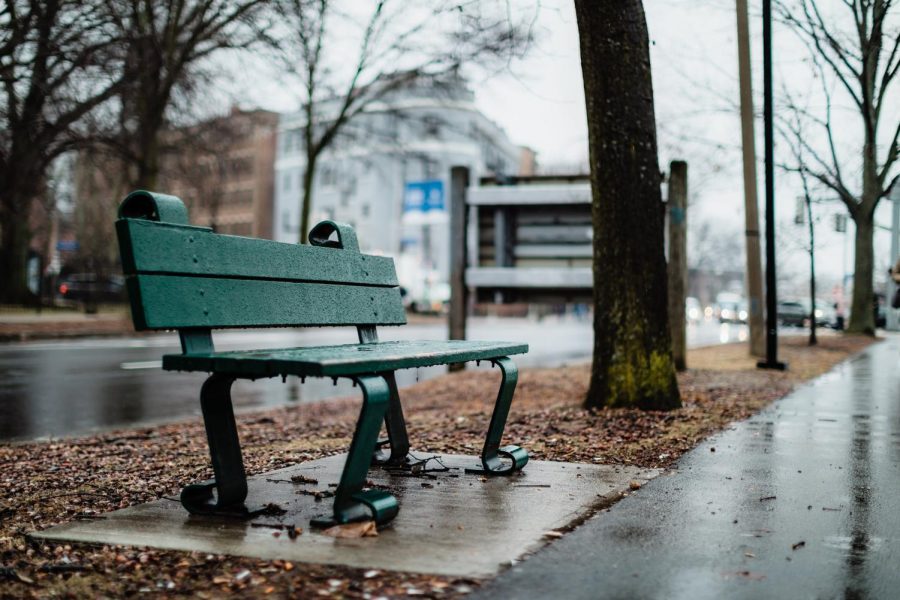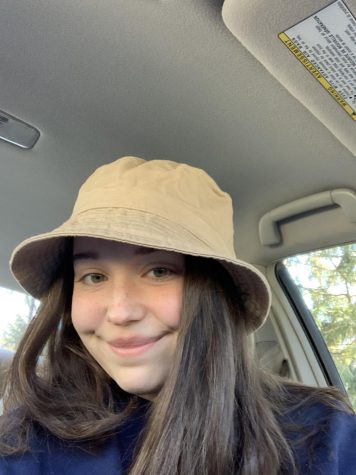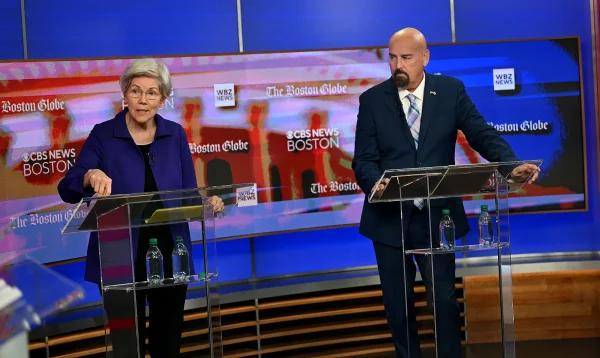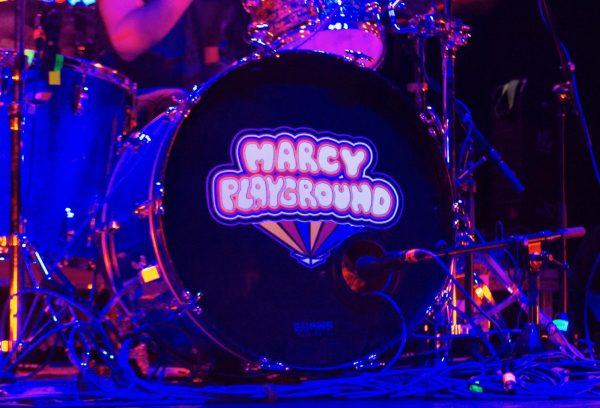Op-Ed: We Need Harm Reduction
I strongly believe that overdose prevention should be just as discussed and widely available as something like CPR and other types of first aid, as all of these procedures have the capacity to save a life.
October 26, 2022
On Sunday, September 11, a National Day of Service, the Simmons community came together to clean up the Muddy River, picking up 87.7 lbs of trash. Simmons Community Engagement teamed up with the Muddy River Initiative to organize this event. The cleanup prompted reflection by those involved on not only environmental sustainability but also the opioid epidemic in Massachusetts.
While the Simmons student body is a socially engaged community, participating in this event was a reminder for many students, including myself, of how close to home the opioid epidemic is occurring. Mass.gov estimates that there were 2,290 total opioid-related overdose deaths in 2021, an 8.8% increase from the year prior. The experience of cleaning up the riverway, in addition to these heartbreaking statistics, illuminates why we need harm reduction.
The National Harm Reduction Coalition defines harm reduction as “a set of practical strategies and ideas aimed at reducing negative consequences associated with drug use. Harm Reduction is also a movement for social justice built on a belief in, and respect for, the rights of people who use drugs.”
I spoke with members of the Simmons community about why we need harm reduction and how we can bring it to the people who need it most.
Meghan Doran, the director of Community Engagement, said in a Zoom interview that the planning of the Muddy River cleanup event was inspired by the question, “How can we have a local impact on our community that will be educational?”
Following the group reflection after the cleanup event, Community Engagement emailed resources on both environmental sustainability and the opioid epidemic for students looking to get involved. However, as Doran acknowledged, “It’s such a big, complicated issue and it’s hard to walk in and start volunteering, but that doesn’t mean there aren’t things students can’t do. Students can make connections to organizations to hone their interests and skills and figure out where to go from there.”
For Simmons students interested in getting involved with harm reduction at an entry-level, you can apply to join this year’s Alternative Spring Break here, as the trip often focuses on the subject of health equity, including substance use disorder. During last year’s Alternative Spring Break, there was a naloxone training. Community Engagement also encourages students to bring their ideas and the issues they are passionate about to their office, so training and information can then be brought to the Simmons community.
Maya Friedrich, an advocate for substance use recovery who graduated from Simmons in 2021 with a degree in Journalism, spoke with me in a phone interview about her experiences with recovery, stigma, and carrying the life-saving medication. “When I was at Simmons my freshman year, I was carrying Narcan on campus,” she said. “I told my roommates. I had an awkward conversation with them, ‘I have Narcan and this is how you use it.’ That conversation could be avoided if everyone carried it.”
I strongly believe that overdose prevention should be just as discussed and widely available as something like CPR and other types of first aid, as all of these procedures have the capacity to save a life. On a similar note, Friedrich said, “Being in a position where you are able to save someone’s life is a lot better of a position to be in than watching someone die and wishing you could have saved them.”
Bridgewater State University, a college just ten minutes from my hometown, was the first higher education institution in the nation to offer public-access opioid overdose kits in 2017. This makes me very proud to be from the Bridgewater area, where everyone is encouraged to do their part and look out for one another through the accessibility of these kits. It’s an amazing step in combatting the overdose epidemic, and more colleges, especially in areas where overdoses are prevalent, should follow in Bridgewater State University’s footsteps.
One issue that has been raised in the past is the concern that the presence of these kits is stigmatizing, such as when Cambridge, MA tried to organize something similar to Bridgewater State University’s model. However, as Friedrich stated, “I don’t think it’s stigmatizing at all. I think if anything, it’s de-stigmatizing.”
When I spoke with Cali-Ryan Collin, Assistant Professor of Social Work and Project Director for Harm Reduction Training (HaRT) Scholars Program in Simmons’ MSW Program, she echoed this sentiment. “We know that there was a lot of fear that if you asked people about suicide that that would make them suicidal,” she said, comparing this public health pattern to discussing substance use. She also commented on the subject of stigma that, “There is so much stigma and shame around it that accessing Narcan is already challenging.”
Collin also emphasized the importance of inviting people who use drugs into spaces where decisions are made. “We know that one of the best interventions and ways to reduce stigma is to through contact with people who use drugs, knowing people who have had these experiences,” she said.
When I contacted RIZE Massachusetts, a nonprofit dedicated to ending the opioid epidemic in Massachusetts, Associate Engagement Officer Alana Fusco reiterated this sentiment in an email statement. “At RIZE, we strive to be guided in our work by those with lived experience and believe those closest to the problem can speak to the best solutions.”
Third-year students Anna Saunders, who studies Environmental Science, and Michelle Bozzi, a third year in the 3+1 Sociology and Public Policy program, spoke to me in-person about their hopes to reduce stigma and bring positive change to campus. They are currently working with the REEF (Resilience, Efficacy, and Empowerment through Foundational support services) Support Center with the intention of bringing programming and awareness to campus.
When asked about what inspired her to take action, Saunders said she was inspired by attending the Muddy River cleanup event as well. Regarding education and information on college campuses regarding this subject, she commented, “There’s just this gap, and I think that comes from the misguided idea that if we don’t talk about it then we don’t have to worry about it, which does so much harm.”
Bozzi emphasized the importance of bringing harm reduction programming and substance use resources to campus. “Having that knowledge is something that’s gonna be useful to me literally wherever I go, and it’s gonna be especially useful to me if I’m in an area where opioid misuse is really prevalent. So it’s not just about making Simmons safe; it’s about making Boston safer.”
Substance Use Disorder is a complex public health issue that can’t be encapsulated into one op-ed. While I can’t cover the whole of the subject or provide answers, my hope is that writing about this issue decreases stigma and opens up conversation for the better on-campus. As individuals, we can do our part by looking out for our friends, our neighbors, and strangers. We as a nation aren’t doing enough to address the substance misuse epidemic. Harm reduction is one approach we can implement to tackle substance misuse, among the other proposed solutions by public health professionals. In Massachusetts, there are many incredible organizations doing the important work around substance misuse and recovery.
As a country, many people see the ways in which our current approach to substance use isn’t working. As Professor Cali-Ryan Collin put it, “A lot of times, we approach substance use from an abstinence-only perspective, and that is not helping people not die.”
Maya Friedrich stressed the importance of empathy when navigating such a complicated issue that touches so many lives, saying, “I think people have to look at it more from a place of concern and a place of acknowledgement that people deserve to be alive regardless of the choices they make regarding substances.”









